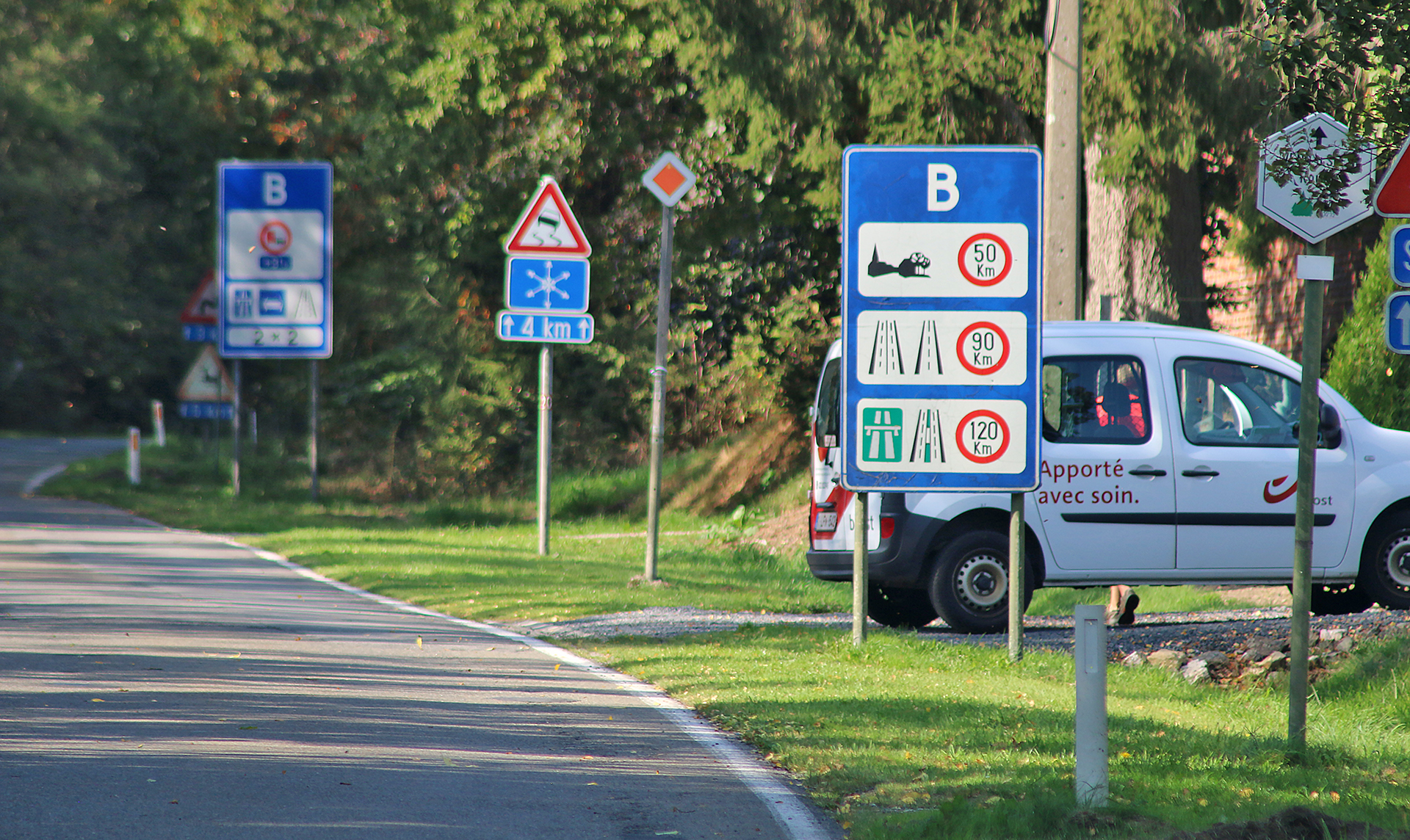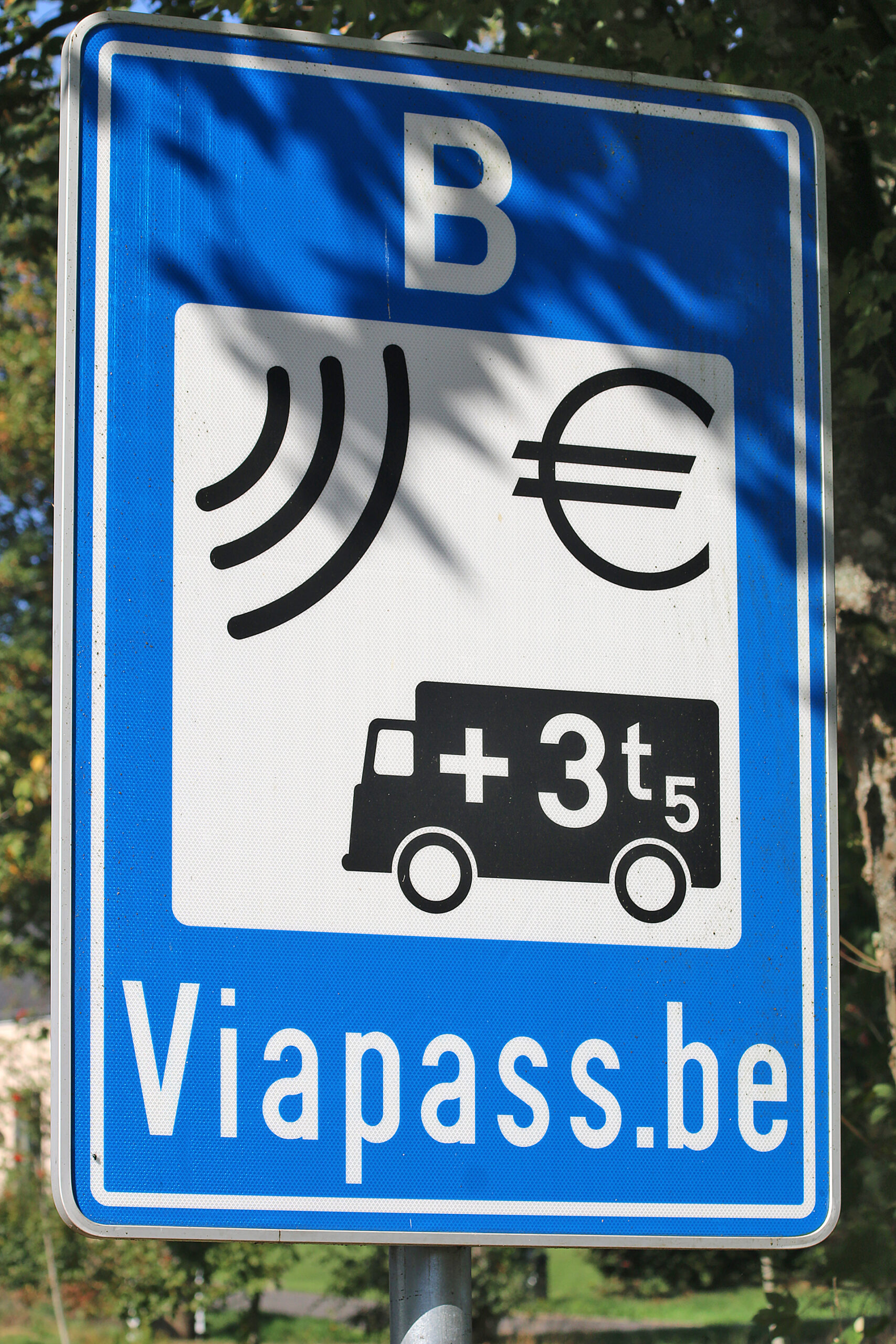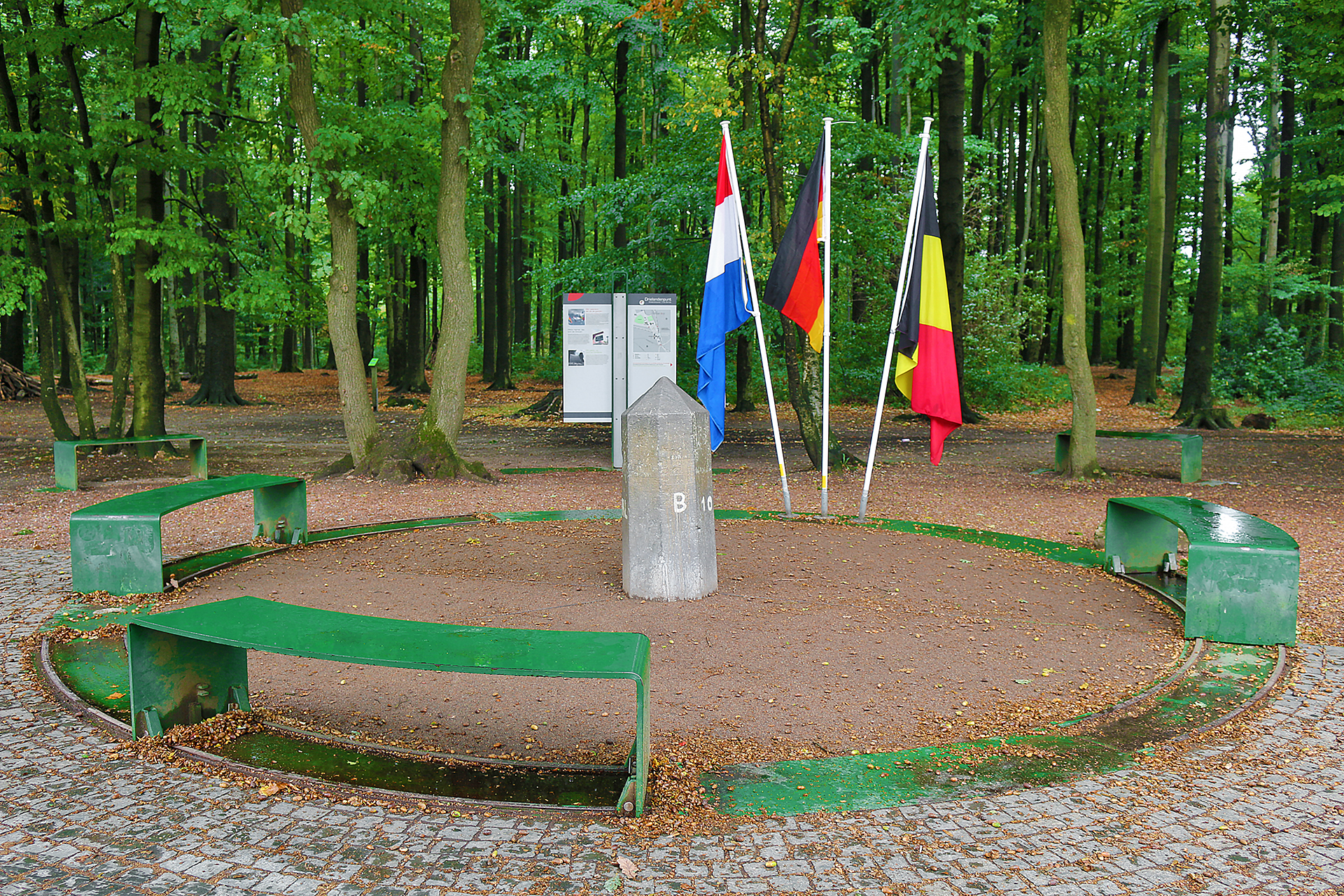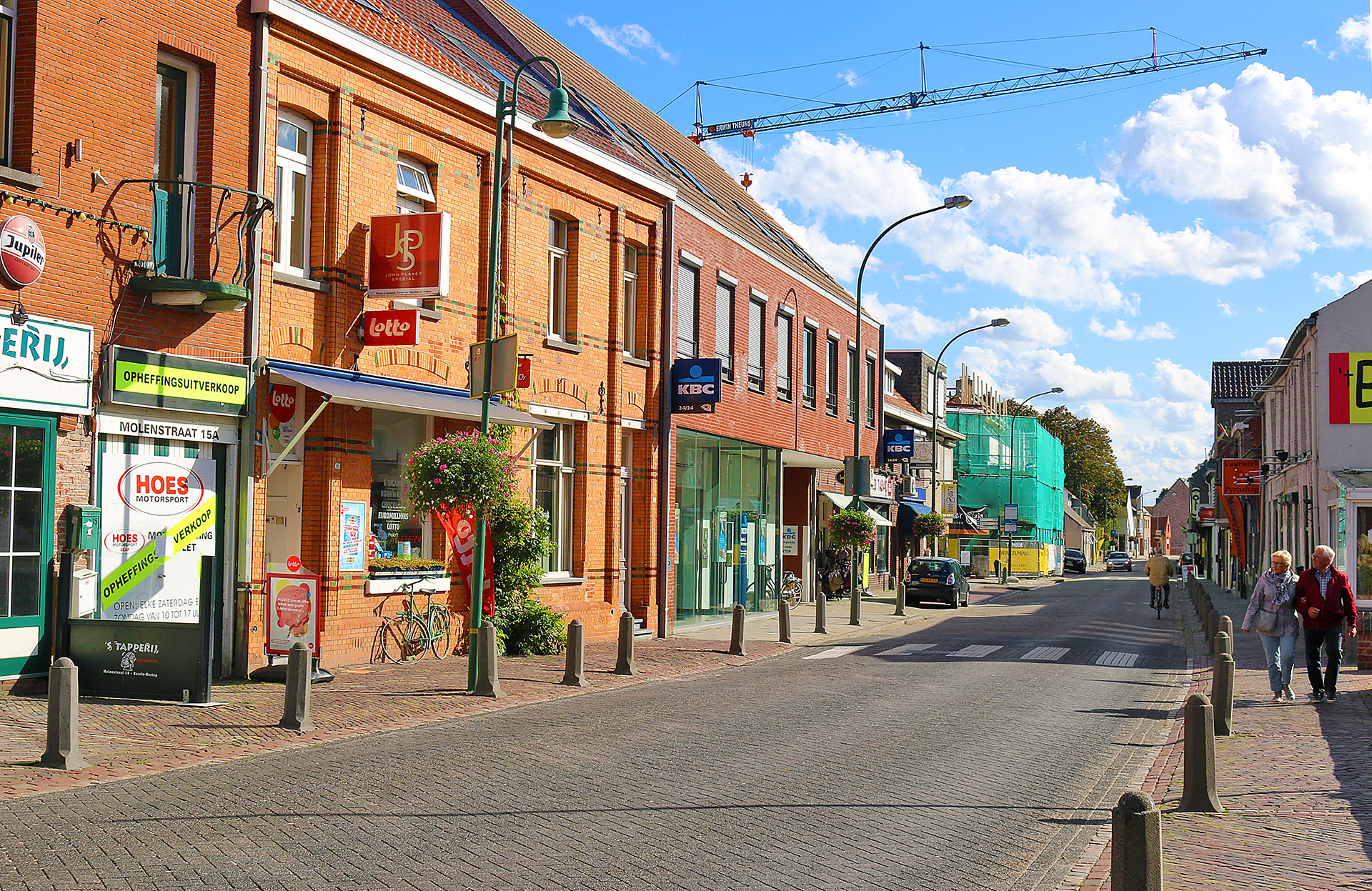Belgium is rather unique as a country. Signs and borders in Belgium contribute to that uniqueness — as well as the fact that the nation is divided into two major regions outside of Brussels: Flanders to the north, where Dutch is the primary language; and Wallonia to the south, where French is the primary language.
Signs and Borders in Belgium. Sunday Morning Photograph.

As with most countries, a barrage of signs greet motorists who are entering Belgium — from Germany, as featured in the photograph above…

…including a sign for the Viapass system, which is the first electronic toll charging system that is fully supported by a global navigation satellite system without any barriers or physical control points. All three regions in Belgium introduced a kilometer charge for Heavy Goods Vehicles of greater than 3.5 tons on Friday, April 1, 2016; and semi-trailer pulling trucks with a combined weight of greater than 3.5 tons must be equipped with an on-board unit in order to comply with regulations.

Drielandenpunt — which is literally translated from Dutch for three land point — is where the borders of the Netherlands, Germany and Belgium meet.

The Vennbahn is a former German railway line about which I first mentioned in this article pertaining to 13 of the most fascinating international borders in the world; but it became part of Belgium after the Treaty of Versailles — even in several areas which are supposed to be part of Germany. As a result of the Vennbahn, six exclaves of Germany were created on the west side of the former railroad line — as well as one enclave of Belgium, which was created inside a three-way intersection of German roads.

Last — but certainly not least — Baarle Hertog of Belgium and Baarle Nassau of the Netherlands result in a seemingly random hodgepodge of confusing border configurations that can cause almost anyone’s head to spin.
Final Boarding Call
All of the photographs which are included in this article were all part of the same trip. I must have crossed the border into and out of Belgium literally dozens of times during that trip.
If you find yourself in Belgium, ensure that you get yourself some frieten or pomme frites or frites, which are typically served in a white cardboard cone; then wrapped in paper, with a spoonful of sauce — usually mayonnaise — on top. After all, what are known as French fries or simply fries were thought to be created in Belgium and not France.
The purpose of the weekly series of Sunday Morning Photograph articles is to feature photographs from my travels around the world which you can view while enjoying your morning coffee.
Please click here for a complete list of the Sunday Morning Photograph series of articles at The Gate With Brian Cohen, which include photographs taken of nature and sights of interest in many countries and territories around the world — including but not limited to:
Andorra • Argentina • Austria • Bahamas • Bahrain • Belgium • Belarus • Brazil • Bulgaria • Canada • China • Chile • Colombia • Côte d’Ivoire or Ivory Coast • Cyprus — including the Turkish Republic of Northern Cyprus • Czechia or Czech Republic • Denmark • Dominican Republic • Egypt • England in Great Britain in the United Kingdom • Estonia • Finland • France • Germany • Hungary • Iceland • Ireland • Italy • Kenya • Latvia • Lebanon • Lesotho • Liechtenstein • Lithuania • Luxembourg • Malaysia • Morocco • Mozambique • Netherlands • Oman • Panama • Philippines • Poland • Portugal • Romania • Singapore • Slovenia • South Africa • South Korea • Spain • Swaziland or Eswatini • Sweden • Switzerland • Thailand • United Arab Emirates • United States of America • Uruguay
All photographs ©2018 by Brian Cohen.
